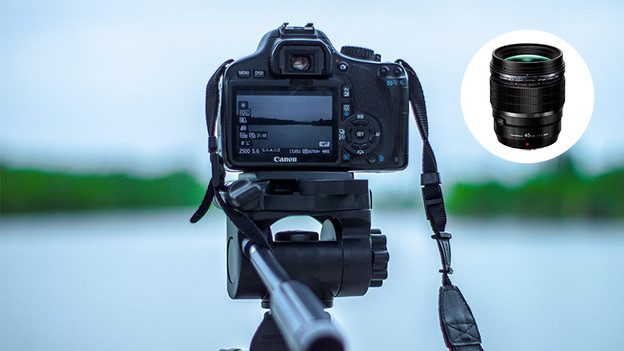
Written by Sanne
Edited on
11 April 2023
·
12:05
Do I need a lens with or without image stabilization?
Wondering what the use of image stabilization in a lens is? Read on. In this article, I'll explain what image stabilization is and when you should use it as a photographer. I'll also discuss when you're better off with a lens without image stabilization.

What's image stabilization?
If your lens has image stabilization, your hand tremors are compensated as much as possible. It's not possible to hold the camera completely still if you photograph freehand. These hand tremors often result in a blurry photo. A lens with image stabilization automatically creates a countermovement when it detects light vibrations. This way, it corrects the movement and your image stays sharp as a result. This technology is very advanced and makes your lens a bit more expensive.

When should you choose a lens with image stabilization?
Choose a lens with image stabilization if you often photograph freehand in low-light situations. To take a good picture in these situations, you'll often use a slower shutter speed. But the longer the shutter is open, the bigger the risk of motion blur. A lens with image stabilization reduces the risk of motion blur. In addition, choose image stabilization for a telephoto lens. That's because a telephoto lens both magnifies the images and the effect of your hand tremors.

When shouldn't you choose it?
Image stabilization only corrects your motions, not those of your subjects. If you photograph moving subjects, a lens with image stabilization doesn't necessarily ensure sharper images. In this case, you should use a faster shutter speed to 'freeze' the movements. Most photographers use a tripod with a long shutter speed. If you use a tripod, turn off image stabilization. Because the camera is fixed in this case, the counter movements of the image stabilization actually cause motion blur.
